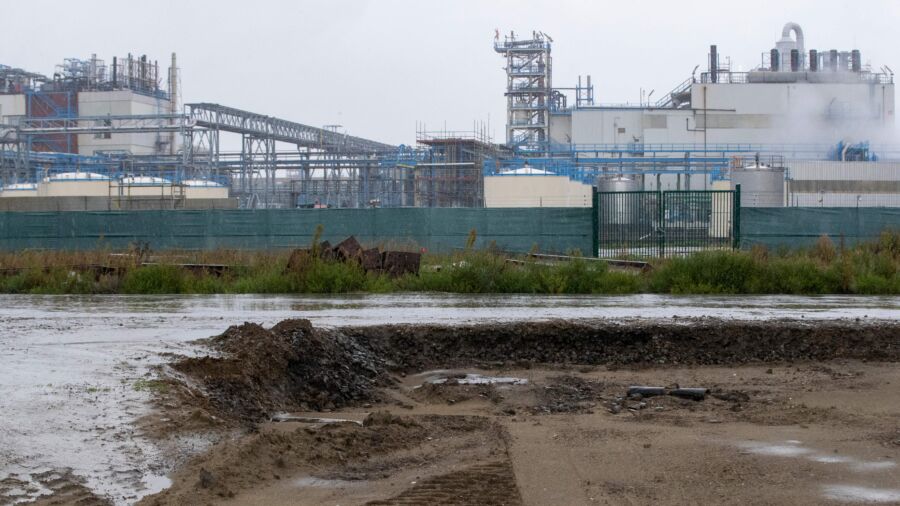Widespread pollution from per- and polyfluoroalkyl substances (PFAS), known as “forever chemicals,” are contaminating and harming over 330 species worldwide, according to the Environmental Working Group (EWG).
PFAS are a group of chemicals used to make fluoropolymer coatings and products that resist heat, oil, stains, grease, and water. They can be used in a variety of products, such as clothes, furniture, food packaging, and non-stick cooking pots. These chemicals are a major concern as they do not break down in the environment, can move through soils and contaminate water sources, and build up in fish and wildlife.
PFAS are known to cause health problems in humans as well, and can cause immune suppression, including reduced vaccine efficacy, higher cholesterol levels, reproductive and developmental problems, and a heightened risk of certain cancers.
Research increasingly suggests wildlife could suffer similar effects when exposed to PFAS. The Environmental Working Group (EWG) said many species around the world are already being exposed to forever chemicals and suggested that they are already facing similar health problems. This is of particular concern to endangered species.
Studies have shown that hundreds of species have been affected, including many types of fish, birds, reptiles, frogs, large mammals—like horses, polar bears, and tigers—and small mammals such as cats, otters, and squirrels.
In January 2023, EWG published a map revealing widespread forever chemical contamination of U.S. freshwater fish, from testing of over 500 fish fillet samples. As the forever chemicals are very pervasive, it is likely that many other countries around the world have similar contamination issues, EWG said.
EWG estimates there are over 40,000 industrial polluters that discharge PFAS in the United States—manufacturing facilities, landfills and sewage treatment plants, airports, and sites where firefighting foam containing PFAS are used are potential sources of chemical discharge into surface water.
In the United States, federal agencies have committed to cutting down PFAS pollution by curbing industrial discharges. But many of these actions have been delayed and may not be effective for years.

